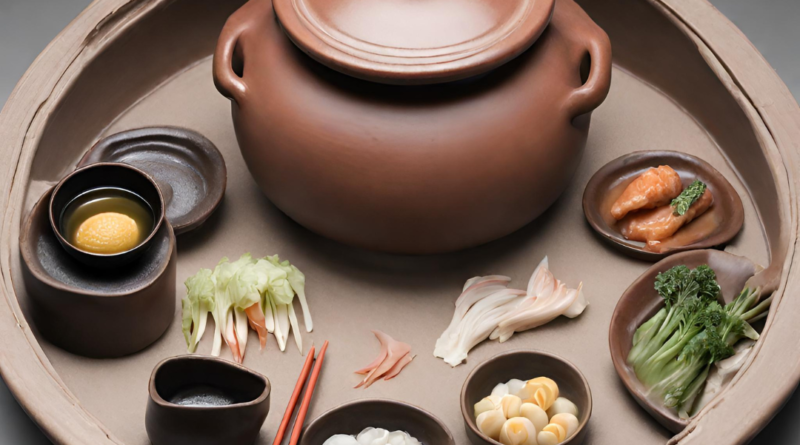Do clay pots require preheating before cooking?
Yes, it is generally a good practice to preheat clay pots before cooking, especially when using unglazed clay pots. Preheating helps to ensure even heat distribution and reduces the risk of thermal shock, which can occur when cold clay pots are suddenly exposed to high temperatures. Here are the steps to preheat clay pots before cooking:
1. Soak the Clay Pot (if necessary): Some unglazed clay pots, such as tagines, benefit from soaking in water before use. Check the manufacturer’s instructions or recipe recommendations to determine if soaking is required. Soaking helps the clay retain moisture, which contributes to a more even cooking process.
2. Gradual Heating: Place the clay pot on a cold stovetop or in a cold oven. Do not expose the clay pot to direct heat or an open flame before preheating, as this can cause thermal shock and potentially lead to cracking or breakage.
3. Start with Low Heat: Turn on the heat source (stovetop or oven) to a low setting. Gradually increase the heat to medium. The slow heating process allows the clay pot to adjust to the temperature changes and helps prevent thermal shock.
4. Allow Time to Heat: Let the clay pot heat gradually for at least 15-20 minutes, depending on its size and thickness. This allows the pot to reach an even temperature throughout.
5. Test Readiness: To check if the clay pot is ready for cooking, you can sprinkle a few drops of water onto the surface. If the water droplets sizzle and evaporate almost immediately, the pot is sufficiently preheated and ready for cooking.
6. Add Ingredients: Once the clay pot is adequately preheated, you can add your ingredients. The preheated pot will distribute heat evenly, ensuring consistent cooking.
7. Monitor Heat: Throughout the cooking process, it’s essential to maintain a moderate and steady heat level. Avoid sudden temperature changes or exposing the hot pot to cold surfaces, as this can still lead to thermal shock.
8. Careful Handling: When handling the hot clay pot, use oven mitts or thick towels to protect your hands. Remember that the pot will remain hot even after removing it from the heat source.
Preheating is particularly crucial when using unglazed clay cookware, as it helps prevent food from sticking and ensures even cooking. However, even glazed clay cookware benefits from preheating to some extent, as it helps maintain consistent cooking temperatures. By following these steps, you can make the most of your clay cookware and create delicious, evenly cooked dishes.


